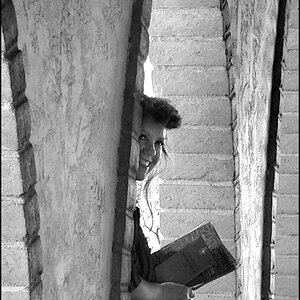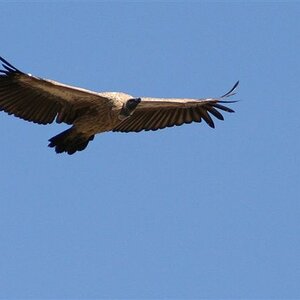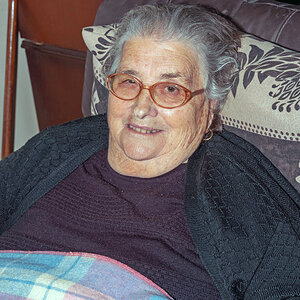wescobts
TPF Noob!
- Joined
- Nov 15, 2009
- Messages
- 344
- Reaction score
- 0
- Location
- Rochester N.Y
- Can others edit my Photos
- Photos OK to edit
I'm kicking around the idea of a new body, D300 or D700. Does anybody out there who has both or at least have shot both find one viewfinder any better than the other ? is the round hole any better than the square hole ? Thanks


![[No title]](/data/xfmg/thumbnail/40/40310-01bec1b9b7918522bf21a09cf75c5266.jpg?1619739414)


![[No title]](/data/xfmg/thumbnail/33/33031-909b1e1ff8739eef165c60b70c9a6a38.jpg?1619735845)
![[No title]](/data/xfmg/thumbnail/35/35264-5ade32b7036391926536661aeb7491c3.jpg?1619736969)




![[No title]](/data/xfmg/thumbnail/35/35262-02f8eba4a2a92dbae0b55547bba80b4f.jpg?1619736968)